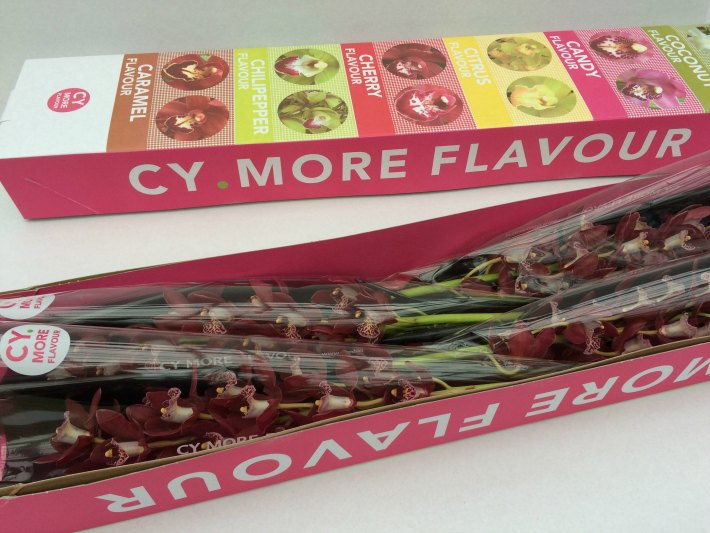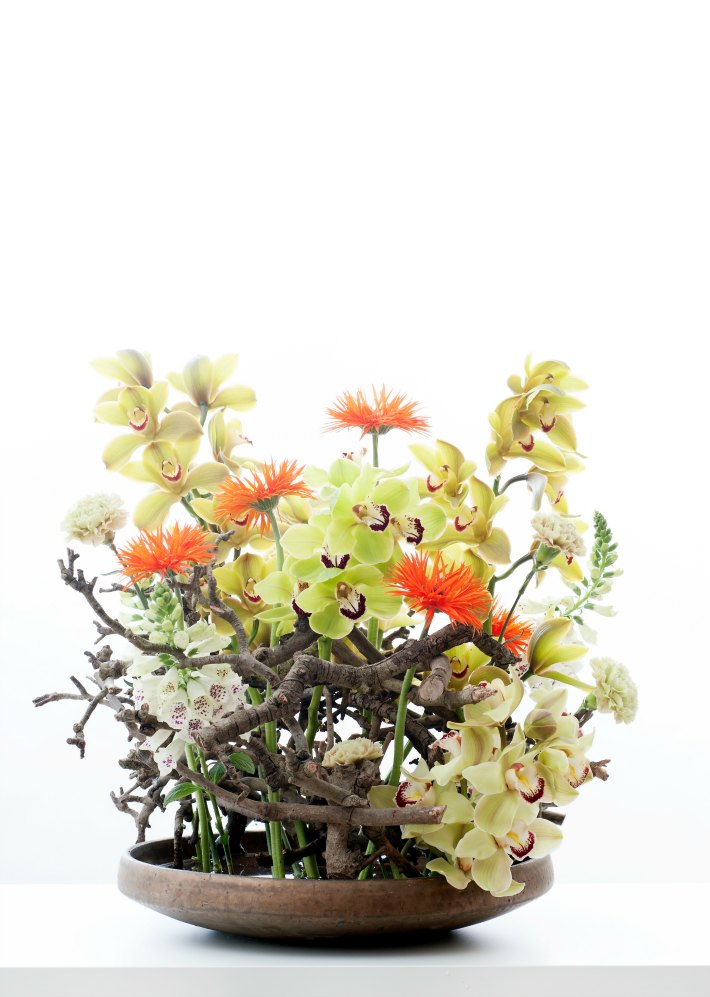As a florist with a degree in Communications, there is nothing I enjoy more than interpreting a client’s brief using flowers to convey their message, and I believe that the right combination of flowers in a design can send a powerful and long-lasting message to all those who view it. Put another way: flora themed design can be used to strengthen a brand, create an atmosphere, and enhance an identity.
When used in a stunning display, flowers have the power the unleash forgotten memories and create associations and may cause the onlooker to actually feel different. For example, vibrant orange and pink can make you feel a bit wild, happy and adventurous, whilst that same orange with whites and fresh greens will create a more chilled out vibe, reminiscent of summer days.
We often ask clients to give us three key words to describe the ‘message’ they want to convey. We have received all manner of adjectives from ‘sharp’, ‘professional’ and ‘dynamic’ to ‘glamorous’, ‘sexy’ and ‘shocking’. To our design team these three words are the key to unlocking inspiration, permitting us to unleash our creative edge to ensure the flowers we chose are the most effective at conveying this message.
Every year, Pantone, a company based in New Jersey most commonly known for providing a system for matching colours, releases their colour of the year. For 2018, this colour is Ultra Violet. At Hybrid, we eagerly await news of each year’s colour and spend a lot of time discussing which flowers will best match whichever colour it is.
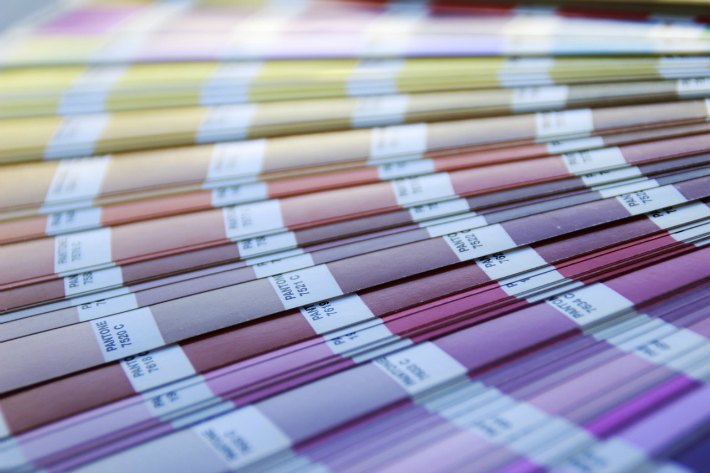
No surprise then that we have always preferred the more florally inspired years:
2014’s Radiant Orchid was blooming ‘with confidence and magical warmth that intrigues the eye and sparks the imagination’ and gave us scope to develop designs with warm deep pink tones.
2017’s Greenery was a ‘refreshing and revitalising shade… symbolic of new beginnings’ and was perfect for so many foliage inspired designs.
However, this year’s Ultra Violet is without doubt, our all-time favourite! Violet has the power to anchor and give depth to so many other colours and flower combinations. Whenever a brief dictates ‘vibrant, bold and strong’, we think: violet. Right now, spring and summer give us perfect blooms in ultra violet tones. Violet is a bold and brazen colour and can be used to create the most amazing statement designs, it can also make colours placed next to it come alive.

Ultra Violet is so important that we feel it warrants further praise and reverence, we asked our friend and colour mentor, Applied Colour Psychology practitioner Karen Haller for her view on this colour:
The ultra-violet ray is the last colour before the invisible and reflects stepping into the unknown. It’s the ideal hue to reflect taking a leap of faith and connecting to our inner self, our intuition and taking our self-awareness beyond our current thinking.
The colour’s vibrant namesake, the violet flower, also brings great joy as it is one of the first flowers to appear each year. This little woodland bloom heralds the start of spring with its deep intense colour, its surely one of the most audacious in the natural world with it’s sensual tone hinting at drama and intrigue.
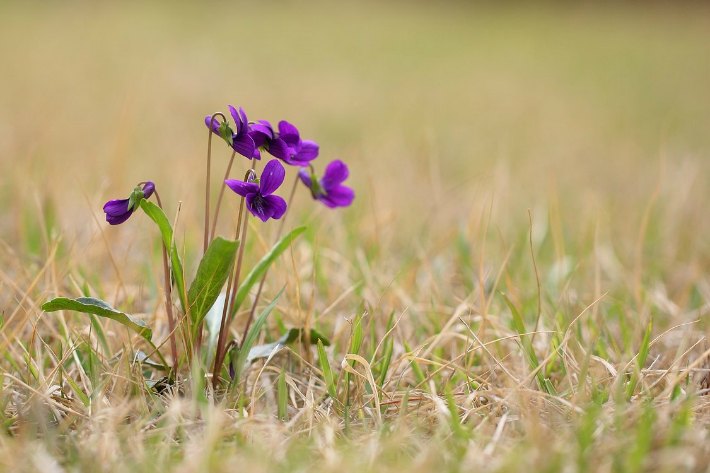
Aside from the valiant yet petite Violet, here are our top five Ultra Violet flowers:
-
Anemone
Anemone is a spring bloom of an intense deep purple with a black face. Although its sold to us as being “blue”, we are buying it for its glorious violet colour.

Tip: their soft, long, delicate stems work beautifully in vases of fresh water on their own or as part of a collection, but don’t try and use them in floral foam if you are making over 15 table designs as your team will never forgive you!
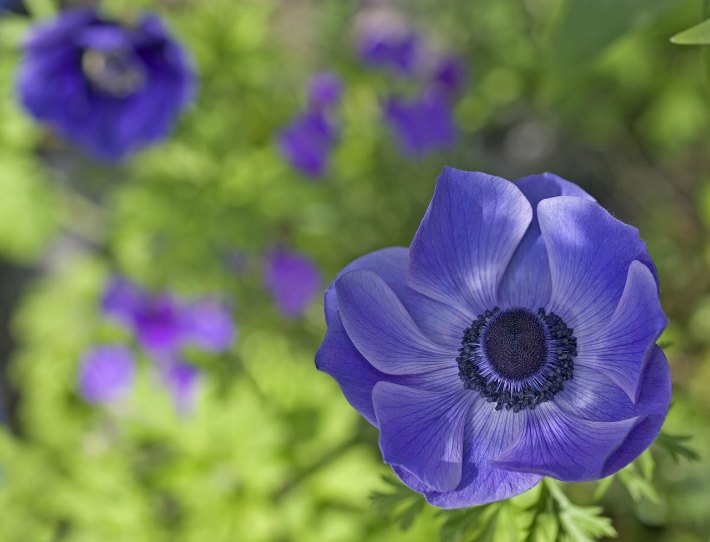
Best mixed with: orange roses and cherry coloured ranunculus.
-
Flag Iris

These shapely tall flowers stand head and shoulders above their smaller cousin, the ‘common or garden’ Iris. The violet coloured varieties are particularly dramatic and their striking silhouette is simply stunning.

Tip: don’t cut these stems too short as they are born to be tall, dramatic and glamorous. Arrange them simply in a beautiful vase with their spear like leaves as the only foliage.
Best mixed with: nothing! Simply place them in front of a plain backdrop to really promote and show-off their shape.
-
Hydrangeas
As summer arrives, we seek out the violet version of this amazing bloom, each individual vivid floret creates the most striking domed shape.
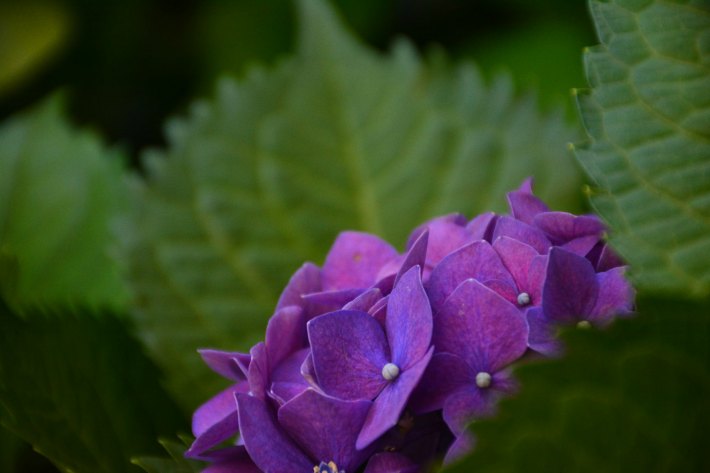
Tip: these large rounded domes of violet add weight and depth to most floral designs. Use them as a base shape to enhance other stunning summer flowers.
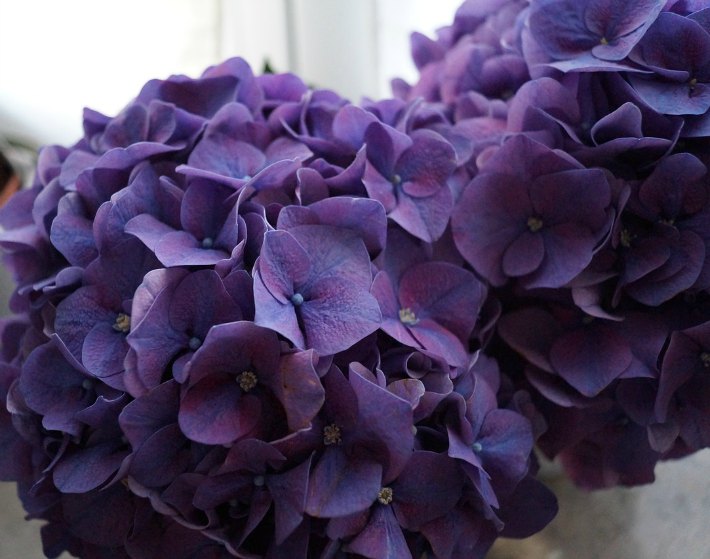
Best mixed with: a blown open cerise coloured peony, or alternatively use bundles of violet hydrangeas in modern vases set amongst matching vases of bold shapely flowers to create impressive colour blocks of flowers.
-
Vanda Orchid

The assortment of violet tones available from vanda orchid growers is breathtaking. These striking blooms look amazing under a spotlight at events and their reliable long lasting vase life means they are perfect for weekly vase designs in both offices, restaurants and hotels.
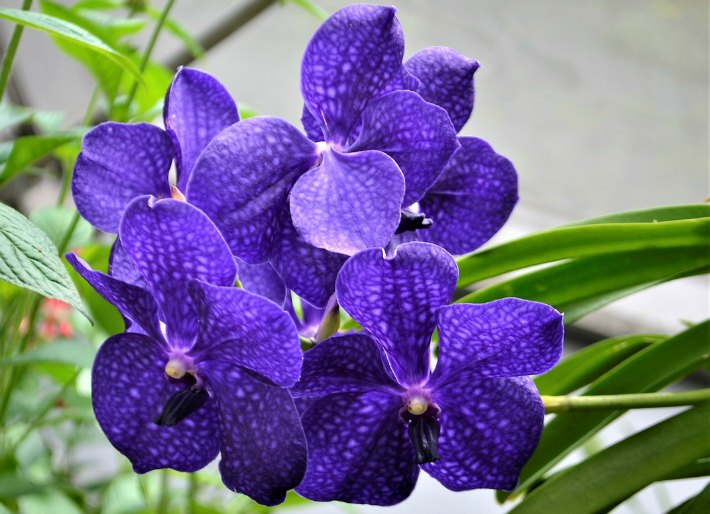
Tip: stems of Vanda orchids can be arranged beautifully at the mouth of tall vases and their individual heads can be removed from the stems and submerged in water, placed into individual tubes of water and strung into tall branches.
-
Delphinium

Each floret of the vibrant purple delphinium has the most amazing violet tones. Packed together, their impact can be phenomenal! This delphinium is probably one of the most striking flowers available to florists and is one of the tallest flowers around in British gardens at summer time.
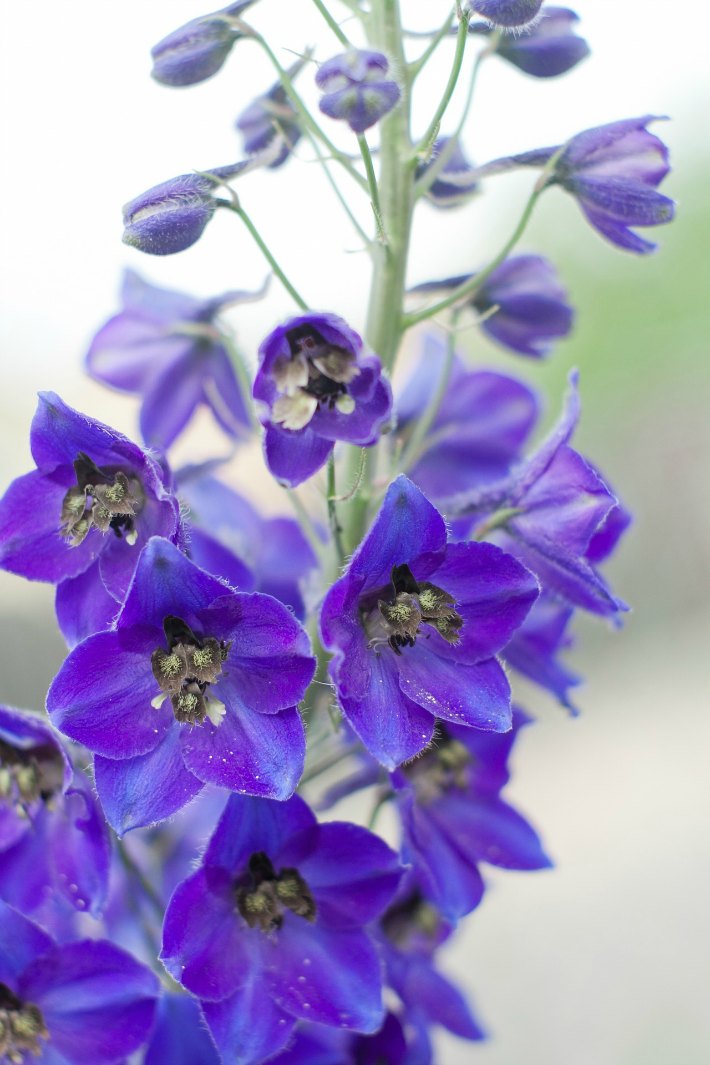
Tip: use these beautiful stems to make massive fan shapes of colour in large containers atop striking plinth pedestals. They look equally stunning in modern glassware in high end modern architectural spaces as they do in traditional stone urns placed in within landscaped gardens at summer soirees.
We hope that you will be inspired by the flowers we have showcased here and that if you are looking for a display that is eye-catching, sensuous and bold you remember these Ultra-Violet heroes, especially if the message you’re looking to convey is one that is punchy, deep and mesmorising!
BTW the most uninspiring Pantone colours of the year were for us Turquoise, Emerald and Marsala. A turquoise coloured flower? Anyone?
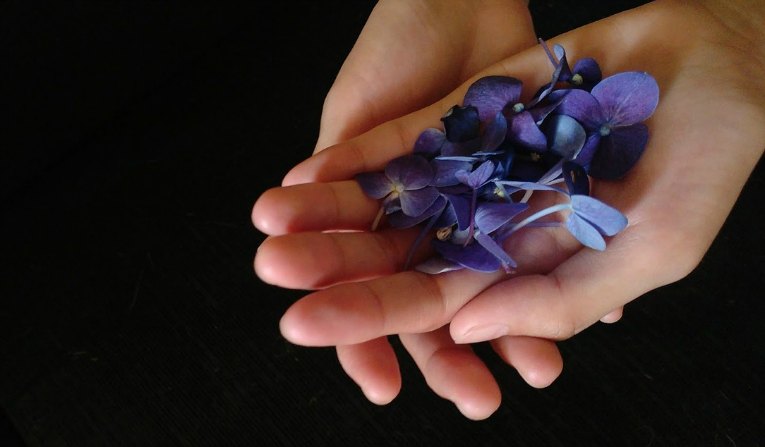
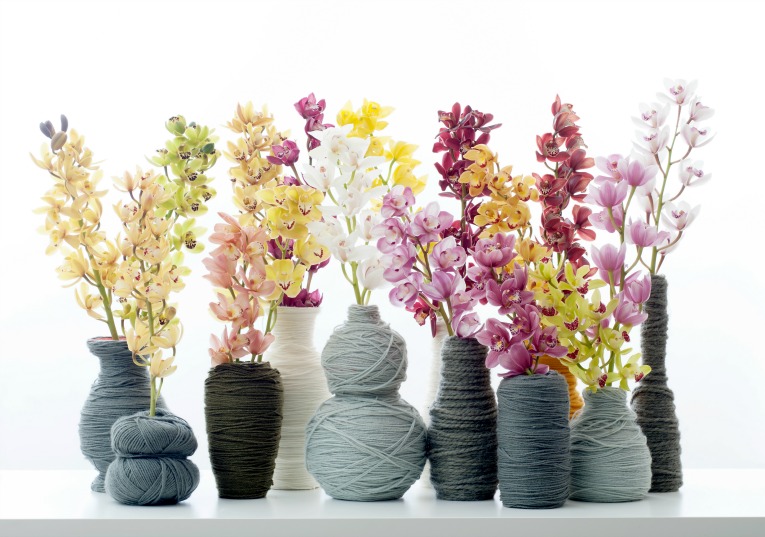
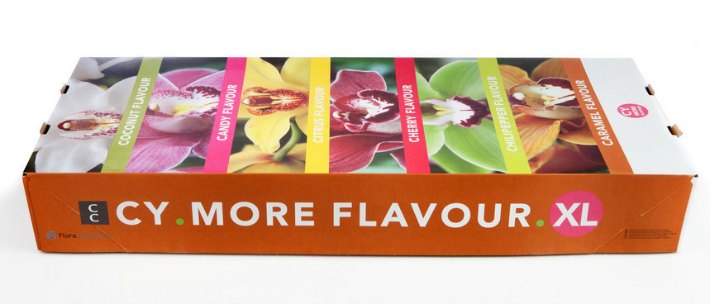 Sandra, husband Leo and team have been growing cymbidiums for eighteen years. They produce some of the highest quality orchids under the brand of
Sandra, husband Leo and team have been growing cymbidiums for eighteen years. They produce some of the highest quality orchids under the brand of 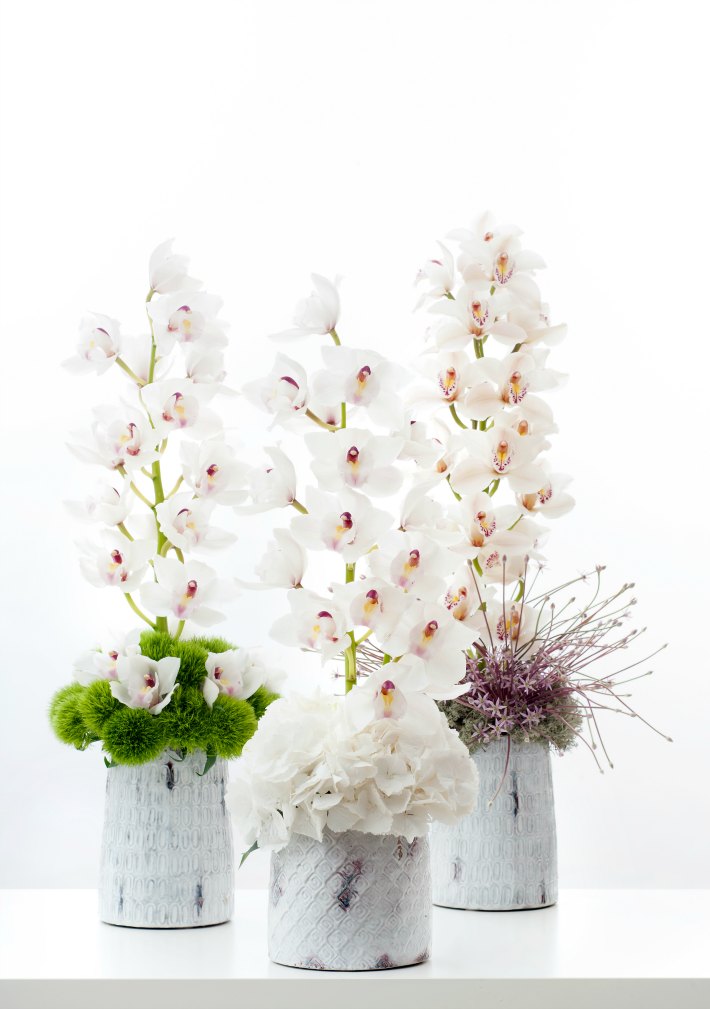
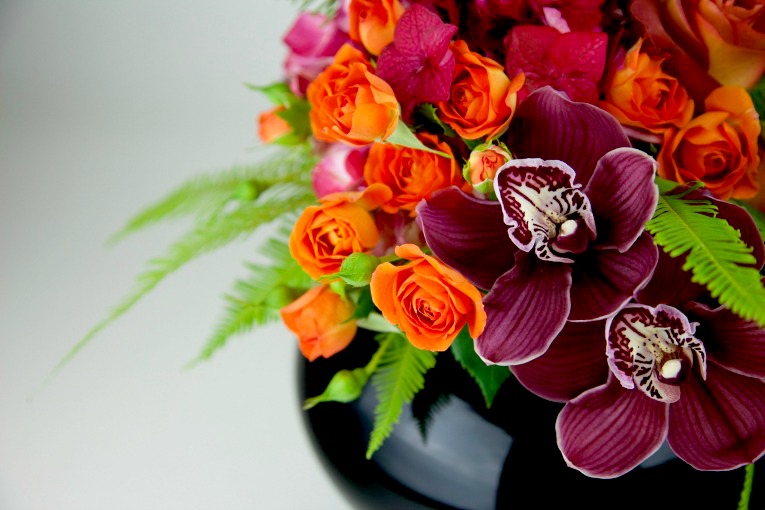
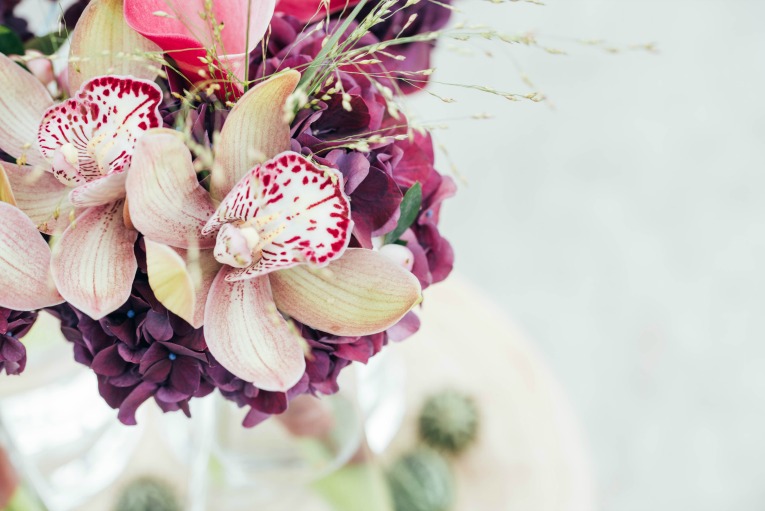 All these colours give us the most amazing palettes to work with. At Christmas time the green and red tones are very popular, and in autumn the copper and brown colored varieties perfectly represent the season. And for a winter wedding white is wonderful.
All these colours give us the most amazing palettes to work with. At Christmas time the green and red tones are very popular, and in autumn the copper and brown colored varieties perfectly represent the season. And for a winter wedding white is wonderful.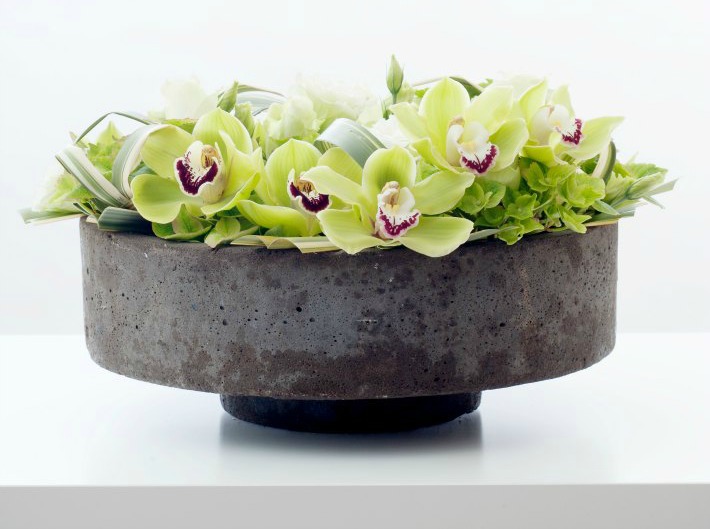

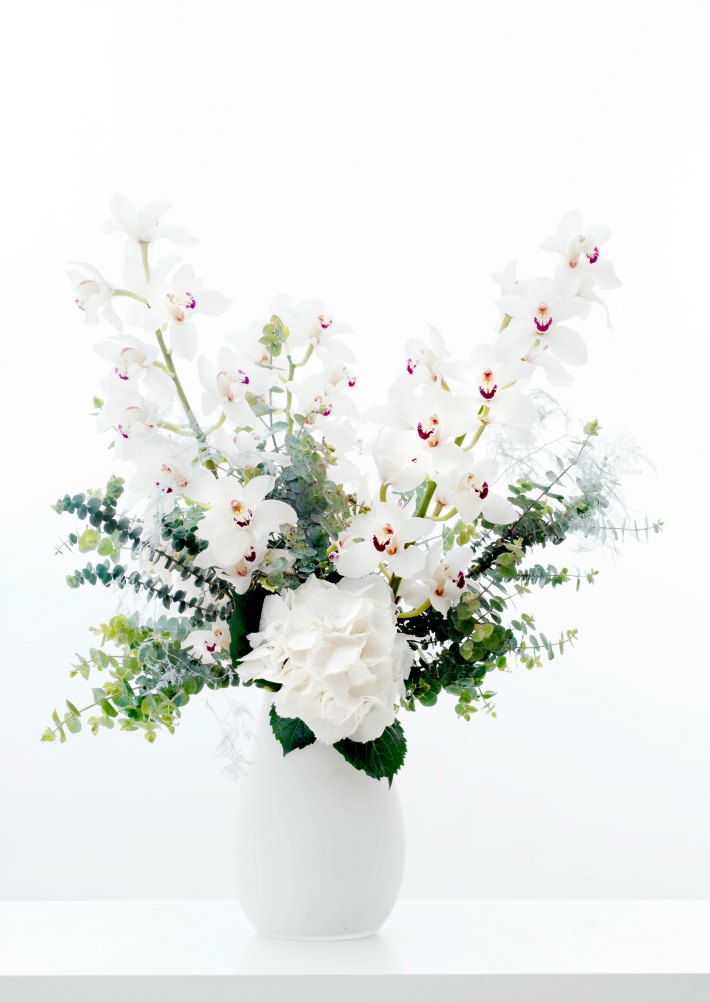
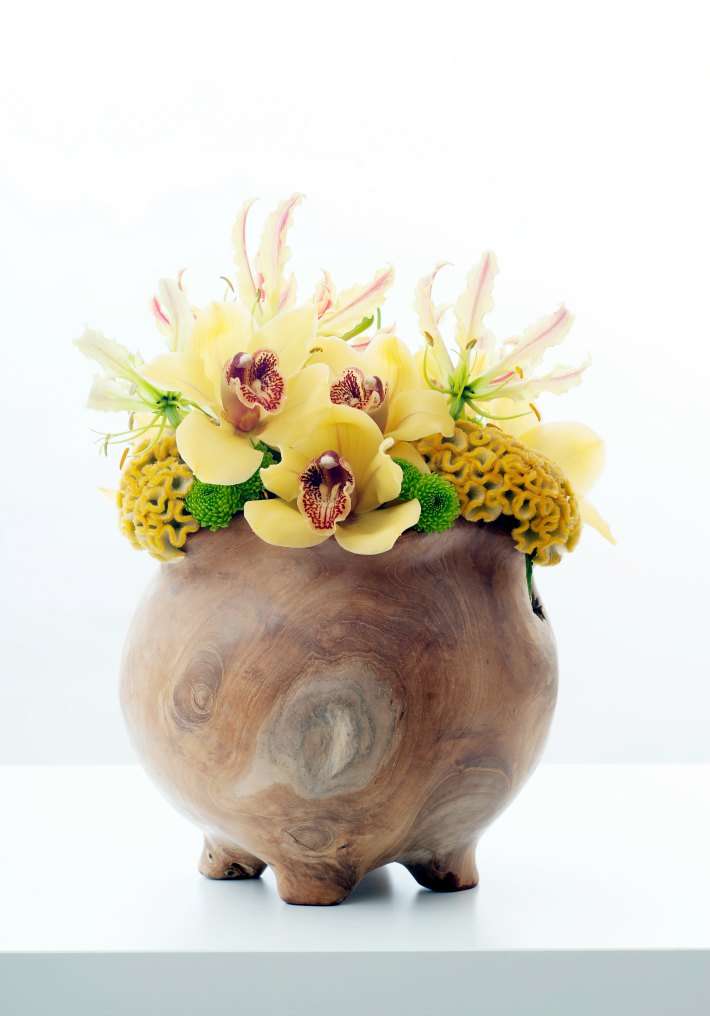
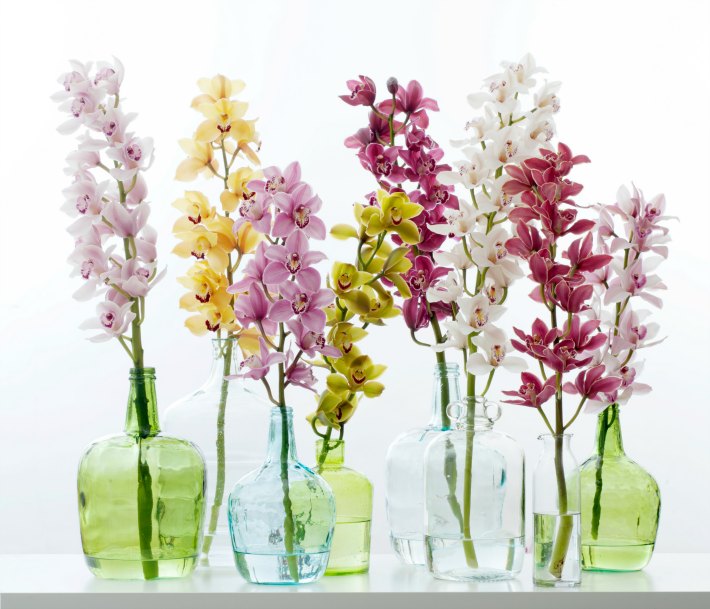
 The possibilities really are endless!
The possibilities really are endless!